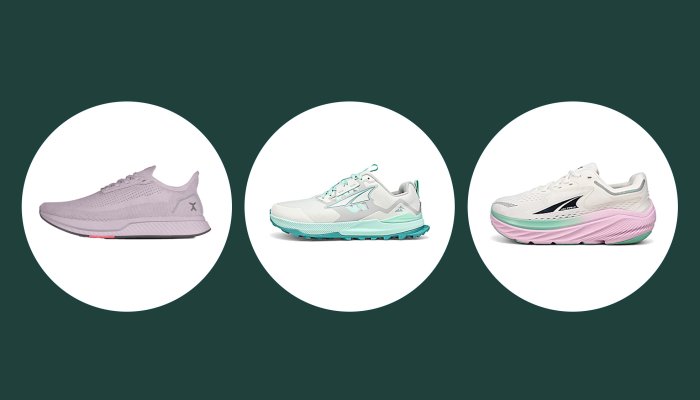
If zero-drop shoes can make our feet stronger, keep our toes happy, and encourage a safer striking pattern, why doesn’t everyone wear them?
For starters, running is extremely personal. It’s only natural that zero-drop shoes won’t be a fit for everyone.
Even if you think making the switch to zero-drop shoes will be the right move for you, it’s important to consider the change and make note of how your body feels in the new shoes.
“The absence of a drop in a shoe will require the calf muscle to function at longer lengths (a more stretched position) than shoes with a drop,” explains Sharkey.
“Because there is little to no support [in a zero-drop shoe], the biomechanics of the foot and lower leg may be altered when running for an extended period of time, possibly leading to injuries due to impact and overuse in the arch, achilles, heels, shins, and calves,” Scaffidi adds.
Lui adds that zero drop shoes might not be suitable for people with certain conditions, including Achilles tendonitis, plantar fasciitis, or flat feet. “They may help prevent these issues by strengthening your foot muscles, but also may aggravate your symptoms if you already have the condition,” she says.
With these risks in mind, both experts emphasize the importance of a transitional period when switching from a traditional running shoe to a minimalist shoe. “Start by wearing them for walking first before progressing to running, and begin with shorter distances,” Lui suggests.
“If you are prone to heel pain, plantar fasciitis or achilles tendonitis, using zero-drop shoes without a transition period can cause an increase in pain and injury,” Sharkey warns.










